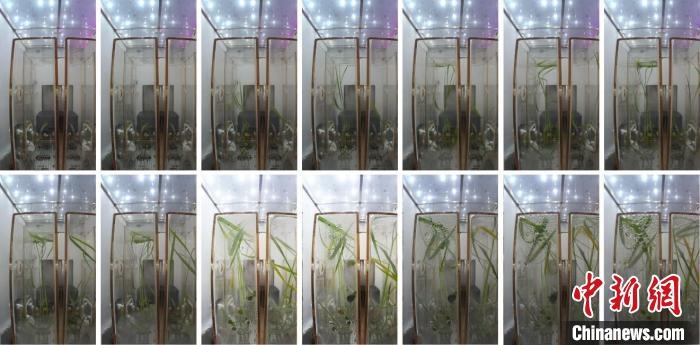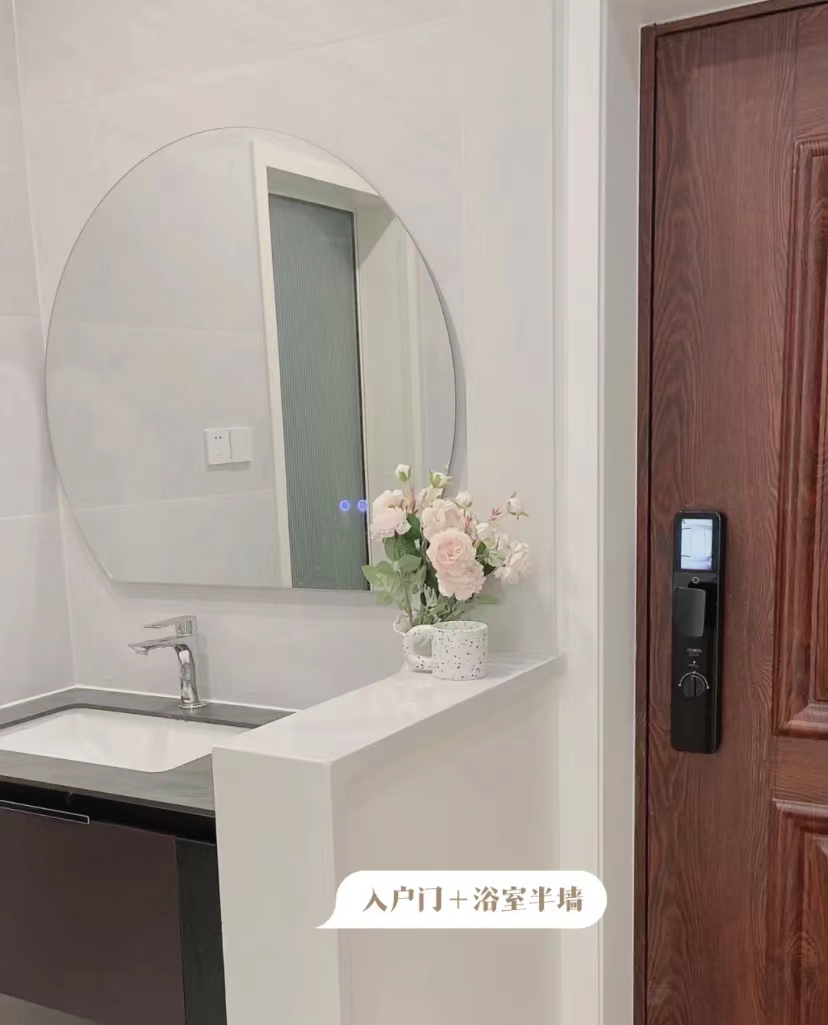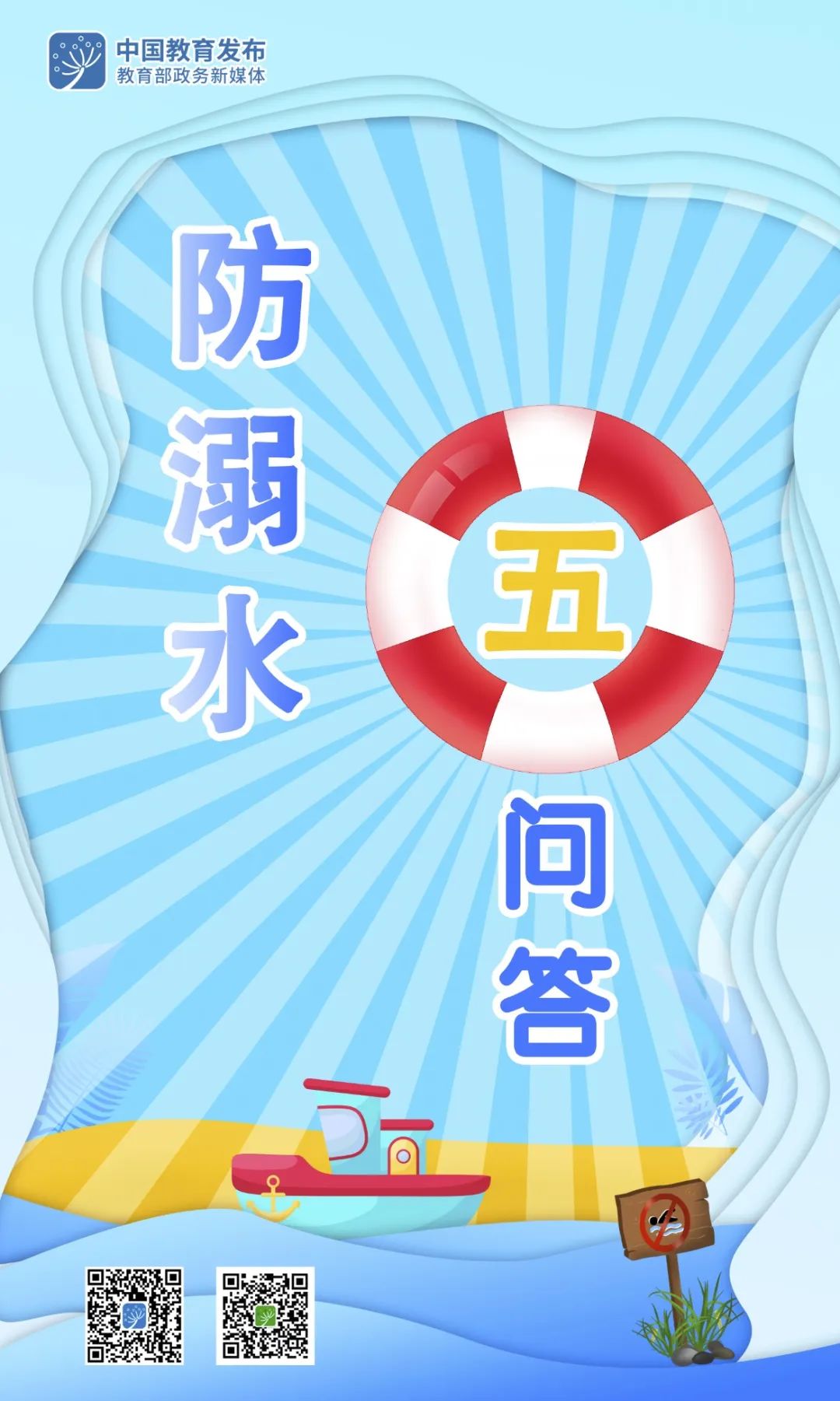What is the effect of rice planted in China space station?The team of the Chinese Academy of Sciences revealed that the seedlings have good growth
Author:Changjiang Daily Time:2022.08.29
Under the condition of micro -gravity conditions, the growth and development of nanda mustard. Photo Conferring of Molecular Plant Science Innovation Center of the Chinese Academy of Sciences
The Chinese Space Station asked the experimental samples such as the south mustard seeds, rice seeds and other experimental samples equipped with the trial compartment. The experimental progress and effect of their experimental progress and effects in their space micro -gravity environment attracted much attention. The team of the Chinese Academy of Sciences (Chinese Academy of Sciences), which undertakes the experimental project, revealed on the 29th that the seeds of Arabia mustard and rice have been successfully germinated at the Chinese Space Station. Among them, many leaves have grown with many leaves, and high -straw rice seedlings have grown high. To about 30 cm, the low stalk beam is also 5 to 6 cm high, which are good.
On the same day, the Chinese Academy of Sciences Science and Communication Bureau organized the combination of online and offline in Beijing and Shanghai to organize the scientific research team of Chinese manned aerospace engineering space application system. "".
Seed space germination of seedlings grow well
Zheng Huiqiong Research Team of the Chinese Academy of Sciences Molecular Plant Science Innovation Center undertakes the "molecular mechanism of higher plant flowering regulation under micro -gravity conditions" life science experiment projects. She said that on July 24, the Chinese Space Station asked the Tianjin experimental cabin to successfully launch and dock with the Tianhe core cabin. Asked the Tianjie experimental cabin with a scientific experimental cabinet such as life ecological experimental cabinets and biotechnology experimental cabinets. On July 28, experimental units containing experimental samples and rice seeds were installed from the life ecological experimental module installed to the experimental compartment of the sky, and the experiment was launched on July 29 through the ground program injection instructions.
At present, the research team has successfully launched the seeds of Arabia and rice in the Chinese Space Station. Multi-mustard seedlings have grown multiple leaves. High-straw rice seedlings have grown to about 30 cm high. High, good growth, and subsequent experiments that Arabia and rice are "from seeds to seeds" throughout the life cycle of life. During the experiment, the astronauts collected samples and frozen preservation. Essence
As for why I chose Arabidone and Rice as an experimental sample in this space, Zheng Huiqiong pointed out that Arabia mustard and rice are two models of plants, which are representative: Arabiastone represents Gemini leaves, long days, and cross flower plants, many vegetables, many vegetables For example, green vegetables, rapeseeds, etc. are all of which are Cross Flowers; rice represents single leaves, short -day, and graceye plants, and many grain crops, such as wheat, corn, etc. belong to the family.

The growth and development of rice under micro -gravity conditions. Photo Conferring of Molecular Plant Science Innovation Center of the Chinese Academy of Sciences
Why do you need to carry out research on space planting crops
Researchers Zheng Huiqiong pointed out that "molecular mechanism of high -level plant flowering regulation under micro -gravity" Life Science Experimental Project mainly studied the molecular mechanism of the flowering regulation of Arabini mustard and rice under the condition of micro -gravity. "Blossom" is the prerequisite for plants to make a new generation of seeds. The seeds of crops are both food and the carrier of breeding the next generation. With the deepening of the development of people's deep space detection, such as landing in Mars, in order to truly solve the problem of food guarantee for human long -term space exploration, it is impossible to rely on carried grain from the earth to meet the long -term space life and work needs of aerospace members. It is necessary to solve the problem of food production in space. Because the life of the earth cannot survive under the conditions of severe space environment, the production of space crops in the future must be carried out in a completely closed artificial environment. The planting space and energy supply must be very scarce. Therefore, the crops planted by space must have the requirements of high -yield, high -quality, high production efficiency, and low energy consumption.
She said that the goal of this experiment was to complete the cultivation and research of the "from seeds to seeds" in the Chinese space station "from seeds to seeds", and explore the use of spatial environmental factors to control the flowering of plants to achieve small closed spaces in smaller closed spaces The possible way to maximize the production efficiency of plant production. At the same time, through astronauts gather samples in rails, freeze back analysis, identify the key hub genes of plant flowering in the spatial micro -gravity, and verify them to build it to build a spatial micro -gravity environment for the next step. High -yield and high -quality crops provide molecular components.
Focus on the three major scientific issues of micro -gravity and plant flowering
Zheng Huiqiong revealed that "molecular mechanism of high -level plant flowering regulation under micro -gravity" life science experiment project will focus on three key scientific issues: how can micro -gravity affect flowering? What is the molecular mechanism that affects the flowering of plants? Can it be used to control the flowering of plants with a micro -gravity environment?
Focusing on these three key scientific issues, the research team will analyze the role of comparative micro -gravity in the process of plant flowering and obtain the expression and changes of the molecular foundation and key genes of micro -gravity regulating flowering flowers, and further analyze the long days and shortness under the condition of micro -gravity of the space. The regulatory network of Japanese plant flowering genes, as well as the mechanism of the two plants in the adaptability of the plant to the space environment.
Zheng Huiqiong said that through this study, it is hoped that through the research of Chinese scientists in the world, the training experiments from the whole life cycle of rice from "seeds to seeds" under the condition of micro -gravity of the space, and obtain key environmental parameters of rice cultivation. The impact of gravity on the growth and development of rice and molecular basis provides important theoretical guidance using rice to provide important theoretical guidance.
At the same time, through the transcription group analysis, the two modes of Arabidopsis and rice, the expression of the key genes of key genes in the space environment and the changes in its regulatory network, and analyzes the molecular mechanism of the spatial micro -gravity for long and short -day plants. Further create a theoretical basis for the development of crops and development and use of space micro -gravity environment resources. Urgent need to study the regulatory mechanism of space plant development
Zheng Huiqiong said that since the launch of the first artificial earth satellite in the 1950s, how to use plants to protect the food, oxygen and pure water needed for human survival in the outside world, which has become the most concerned issue for space life sciences. In the past ten years, with returning to the moon, landing in Mars, and establishing a moon or Mars base, it has become an important goal of human space exploration. Taking the food production of food for long -term life in space, it is studied as a research object. How to cultivate or cultivate plants, explore the conditional factors and technical channels required for the efficient production in the space environment, screen and create new varieties of crop production suitable for space production, and establish a plant -based space biological regeneration life support system. In the end To achieve the goal of human long -term space exploration has become a new research hotspot.
Over the past 60 years, scientists have conducted a lot of research on space planting and cultivation plants, and more than 20 plants have been trained in various space aircraft. The main goal of early space plant training experiments is how to support plants in the space environment so that they can germinate, grow, bloom, and produce seeds. Now these goals are achieved one by one. Some basic spatial plant biological problems, such as the growth of plants, the formation of root, the formation of root, germination, seed components, changes in the expression of genes and protein, etc., also have a deeper study in this process.
She believes that at present, the research focus of scientists has gradually expanded from research on plant seedlings to seed production research. However, there were only a few crops of rapeseed, wheat and peas that completed the "from seeds to seeds" experiments in space. At the same time, under the conditions of space, problems such as delayed flowering time, low number of flowers, low seeds of seeds, and decreased seed quality are still not overcome. Therefore, it is urgent to study the regulation mechanism of how to control the key links of plant development, and provide guidance for improving the production of spatial plant cultivation technology and exploring more grain crops that meet the requirements of space life protection.
(Source: China News Network)
【Edit: Shang Pei】
For more exciting content, please download the "Da Wuhan" client in the major application markets.
- END -
Hunan found the decoration of a household, and became popular because it would be arranged by too much.

Hunan found the decoration of a household, and became popular because it would be ...
Summer vacation is approaching, the great picture of anti -drowning safety knowledge is learned

1. What are the places where children are more likely to drowning?2. What are the ...